Dentures, bridges or dental implants – when it comes to replacing missing teeth, you’ve got options. But how do you know which option is best for you?
Like most things related to health, there’s no one-size-fits-all answer, so you need to understand your options before you can make the right choice.
Just looking for the basic differences? Here they are:
- Dental implants are the strongest, most natural-feeling option, but also the priciest.
- Dentures give you a full-looking smile, but have limitations in function and comfort.
- Bridges are a good choice if you’re only missing a few teeth and have healthy teeth around them for support.
Of course, for a decision as important as restoring your smile, it doesn’t make sense to just look at the basics, so let’s dive into the benefits and drawbacks of each option.
Dentures
Dentures are used to replace the teeth that have been lost due to poor oral health or an accident. They’re probably one of the oldest and most proven forms of replacement teeth, but they’re far from the best when it comes to fit, comfort, function, and – oftentimes – aesthetics.
When we lose our teeth, the bone in the area atrophies — it shrinks in both width and height. This happens very rapidly within the first six months but then continues throughout our lives. The bone in the jaw is much like our muscles — if we exercise it, we maintain its muscle mass. As soon as we stop, we lose it. The bone mass in the jaws is maintained as long as there is some function being supported through the teeth (or implants); if there are no teeth, there’s no function, and the bone atrophies.
This becomes very significant in later years, because – when the bone shrinks – the changes that occur make having a comfortable and secure denture very difficult. For this reason, people who have recently begun wearing dentures have much fewer problems than those that have worn them for ten years or more.
One American study done around 1990 found that approximately 20% of the population who have had full dentures for a long time (~20 years or more) find it more comfortable to eat without their dentures than to keep them in!
There are 2 types of dentures: partial and complete. Complete dentures are used in cases where there are no teeth in one or both jaws. Partial dentures are used when there are still some natural teeth present in one of the arches. Full or partial dentures are designed to sit on the gums and are removable by the patient. Fitting these types of dentures requires your dentist to take impressions or molds of your teeth and gums which are then used to make the custom-fitting dentures.
Full dentures are held in place by suction to the gum tissue, although the amount of suction can be very poor, hence many patients are forced to “glue” them in using a denture adhesive. Denture adhesives become messy, can affect taste, and – in over 25 years of providing dentures – I have never met a patient who has said they really enjoy using adhesives. Usually it has just become an unfortunate necessity.
Partial dentures are usually held in place by the teeth. Although they’re much more secure than full dentures, they sometimes still put pressure on the gums and can be uncomfortable, especially when food gets underneath. They can also create cavities or gum problems with the remaining teeth if they aren’t diligently cleaned after every meal and snack.
Denture Materials
Today’s dentures are made from acrylic, which is a type of plastic — this is what the pink portion of the denture is made of. The teeth are either acrylic or porcelain. In the past, porcelain was preferred because it was more aesthetic, however today’s acrylics are equal if not superior in many ways.
Denture Care
Dentures are cleaned the same way you would clean your own teeth, although they come with the added convenience of being removable. While you may no longer have your original set of teeth, hygiene is still extremely important to prevent bad breath, plaque, tartar and gum disease. Dentures should always be removed at night and stored in a special solution which cleans the dentures and helps them to retain their shape.
Dentures: The Benefits & Drawbacks
Traditional dentures are typically the most affordable method of replacing teeth.
They can be made to look very natural, and if you have some remaining teeth, these teeth can be used to help secure and stabilize the denture.
Also, they can often be made fairly quickly, within two to three weeks. (We’re fortunate to have an in-house denturist whose great work often lets us reduce the time and number of appointments to one or two weeks).
The biggest drawback of dentures is their comfort and functionality. Unfortunately, dentures can be like having an artificial limb — they can look very natural, but they don’t always compare with the original in terms of function.
Overall they help by providing areas of the mouth to chew foods, but you may need to avoid certain foods that are very hard, tough, or sticky. Every person is different because the stability, fit, and comfort depends a lot on factors such as the remaining bony ridge, shape of the arch (jaws) etc. Some people can manage very well, while – unfortunately – others may have difficulty with dentures.
Dental Bridges
While there are a few different types of dental bridges, they’re all based on the same principle: using the surrounding teeth to provide support for a tooth prosthetic.
If you need to replace a single tooth or a small number of teeth, they can be a great middle-ground option, offering more strength than a partial denture and at a lower cost than a dental implant.
Dental Bridge Materials
Dental bridges are available in a variety of materials, like ceramic, porcelain, zirconium, and composite.
Each comes with its own advantages and drawbacks but, here at VCCID, I generally recommend that patients receive a dental bridge made from pure dental-grade porcelain or a blend of porcelain and zirconium.
These metal-free options give your smile a natural, realistic look while still offering a high degree of strength and durability.
Dental Bridge Care
Since it’s firmly secured to the teeth around it, caring for a dental bridge is very similar to caring for your natural teeth.
You’ll need to brush and floss around the bridge, and I’d certainly encourage you to rinse with an antibacterial mouthwash for an added layer of protection in those hard-to-reach areas.
Dental Bridges: Benefits & Drawbacks
Compared to an alternative like a partial denture, a dental bridge can replace missing teeth in a way that feels much more natural and secure, and it can do so at a more affordable price point compared to a solution that involves dental implants.
The downside to this is that everything depends on the teeth supporting the bridge being healthy and strong enough to last. Attaching a dental bridge affects the supporting teeth both during the preparation stage and during everyday use, as the pressure on the unsupported teeth in the dental bridge needs to be carried by the adjoining teeth.
In my experience, this added pressure on the adjoining teeth makes dental bridges less suitable for replacing teeth near the back of your mouth (molars), since those teeth are already relied on for handling tough, hard, and chewy foods.
If the surrounding teeth aren’t strong enough, the entire bridge will be at risk of failing, and you’ll likely be better off looking into an option like a partial denture or implant-supported bridge.
Dental Implants
Implants today are without question the best way to replace missing teeth.
The long term success (10+ years) with implants is over 98% if the treatment is planned according to sound scientific and clinical protocol and principles. This success rate is far greater than tooth supported bridges, and the result is far more functional and comfortable than traditional dentures.
Dental Implant Materials
The most common dental implant today is an endosseous implant — that simply means it’s placed into the jaw so that it can fuse – “osseointegrate” is the medical term – directly with the bone to provide a strong, robust fit.
Dental implants are usually made from titanium or titanium alloy, although ceramic implants are now available in a material called zirconia. This strong, lightweight metal does not react adversely in the human body, making rejection a non-factor.
There are some other implant materials which have been used: stainless steel, cobalt chromium molybdenum alloy and vitallium. These are used for a different style and process of implants compared to the endosseous implants and – although they’re not as frequently used – can be a very successful and viable alternative for some patients.
Dental Implant Procedure
Dental implant evaluations focus on two key areas: firstly, they assess whether the candidate has enough bone and gum tissue to support a dental implant, and – secondly – they determine if there are any medical/health issues which may complicate the procedure. X-rays will be required to evaluate the implant sites for bone volume, density and overall dental health.
- The first stage, the implant surgeon will place a dental implant into the upper or lower jawbone beneath the gum tissue. The healing time varies depending on the general health of the patient but is usually a minimum of three months.
- A second stage of the surgery may be necessary to uncover the implant after it is healed. The dentist will attach an abutment to the implant. The abutment is the post which protrudes above the gums and allows the dentist to attach teeth.
- The artificial tooth made by your dentist that is attached to the tooth may take 2 or 3 visits to properly fit in the oral cavity.
- In some cases implants can be placed the same day that a tooth is extracted.
- In some cases permanent teeth (“teeth in a day”) can be placed and attached to the implants the very same day that the implant is placed.
Dental Implant Care
You still need to care for your implant teeth much the same way you did with your natural teeth. Regular maintenance includes daily flossing, brushing, and rinsing to prevent gum disease from developing, as well as scheduled checkups to clean your teeth and check on the state of your dental implants.
Dental Implants: The Benefits and Drawbacks
In my opinion, the biggest benefit of dental implants is their ability to restore comfort, function and aesthetics to a person who has lost one or more teeth. The other significant advantage they have is their tremendous success rate compared to other alternatives — they are very, very reliable!
Consider that the top 3 reasons we lose our natural teeth is due to decay, gum disease and fracture of our teeth. Implants do not decay, and we rarely see a fracture of an implant, especially if the treatment is planned properly.
Although implants can experience bone loss, they do not have the same attachment mechanism as natural teeth (ligaments), and the bone loss can, once again, be minimized with proactive treatment planning and engineering of the implants and teeth.
Lastly, and perhaps most importantly, dental implants give you permanent teeth again — you don’t have to take them out at night and put them back in the morning. They look just like real teeth (and sometimes better), while the surface of the artificial teeth are more stain-resistant than natural enamel.
The one major drawback? Price.
Dental implants are, for most people, a significant investment in comfort and functionality. The materials require a significant amount of custom-fitting and preparation, the surgery itself is complex and invasive, and there are a large number of visits before and after the treatment.
It all adds up to single dental implants typically having a four-figure price tag attached to them, with more extensive multi-tooth restorations potentially reaching into the five-figure range.
A Note About The Cost of Dental Implants
Making Your Choice
That was a lot of detail, so let’s recap:
Dentures are a great option if…
- Budget is a key consideration for you
- You need a complete smile replacement
- You’re looking to restore your smile quickly
Bridges are a great option if…
- You only need to replace one or a few teeth
- Your remaining teeth are strong and healthy
- You’re missing teeth closer to the front of your mouth
Dental implants are a great option if…
- You’re looking for the strongest, most reliable solution
- You’re willing to pay a premium for strength and durability
- You don’t mind waiting a bit longer to restore your smile
All three can be great options for restoring your smile — it really just depends on your case and what your budget can accommodate.
Want my opinion on your case?
I’d be happy to take a look! Just book a consultation by submitting a form online or by calling (604) 243-0046.
We’ll sit down, review your options, and even see if an option like Dental Card financing can help you get the smile you want.
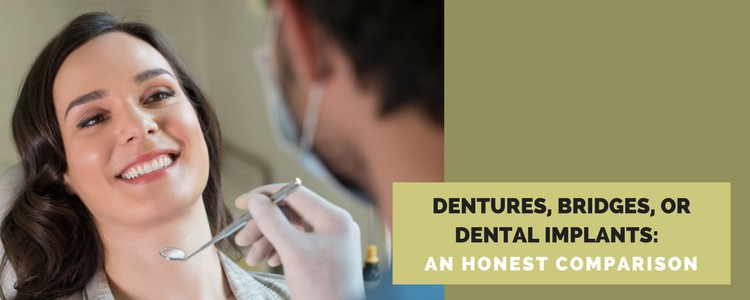


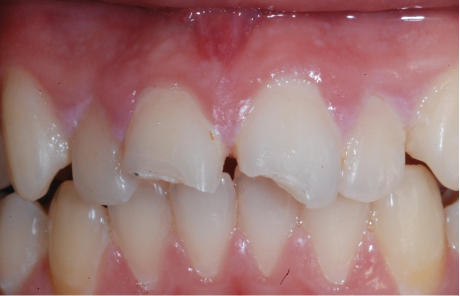


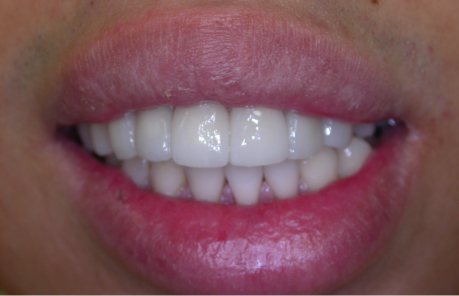

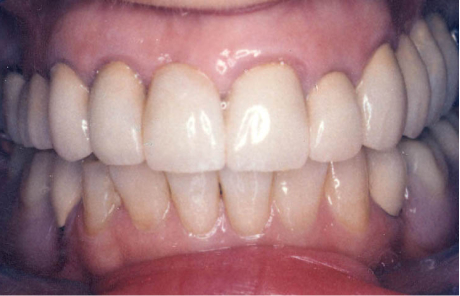
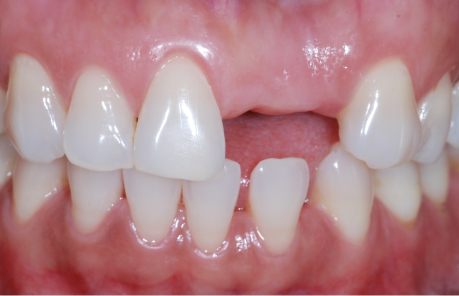
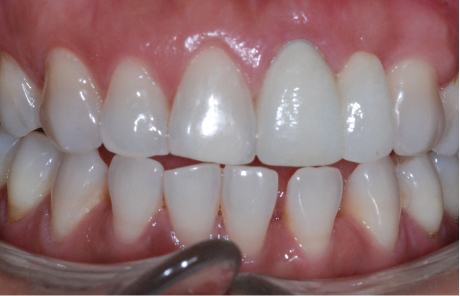





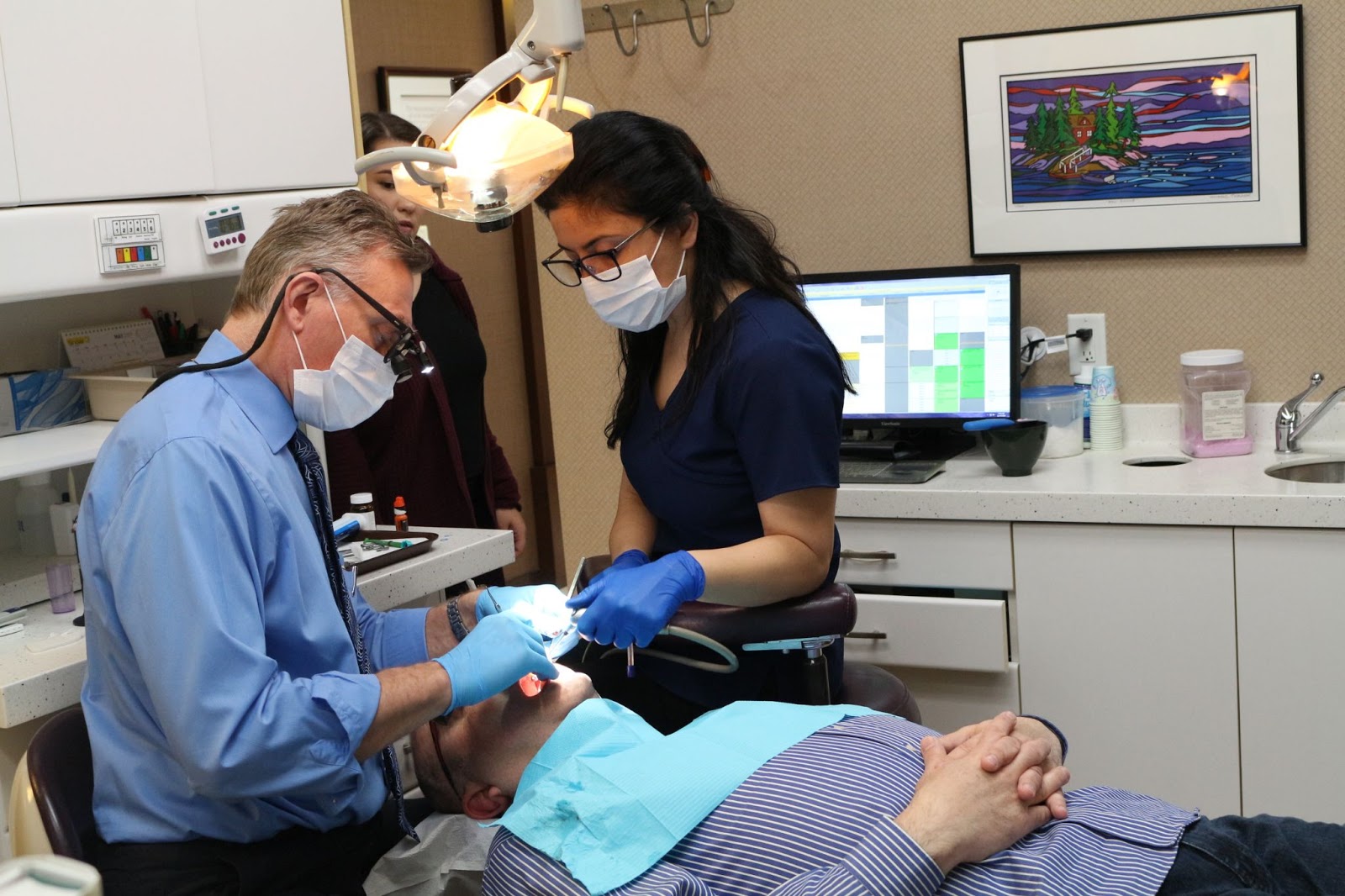
2 thoughts on “Dentures, Bridges, or Dental Implants: An Honest Comparison”
I have a failed natural lower molar tooth left side that is the back support for a long time 5 tooth bridge which has developed decay. I believe this bridge is around 20-25 years old so I am not disgruntled with the situation except how to fix the problem. I have had an implant directly above this problem about 3 years ago so I am familiar with how well they work HOWEVER I am wondering if there is ANY way to get under this bridge to repair the decay OR if the newer procedure of “stem cell” procedure to heal the decay works at all in this situation at this point. I am older but am in excellent health and take no medication of any kind at this point and have never done so. Any info would be greatly appreciated.
I live in the Nashville, TN area and had my previous implant done by a Dr. Lacante in Brentwood, TN. He is VERY good at what he does but I am interested in another opinion if I could get one. Thanks for you help in advance and also this excellent web page.
Ron Thompson
615-308-1842
Hello, Ron
Thank you for your comment.
Stem cells are still very much in the research stage and it will likely be many years before these are readily available and effective.
It certainly is possible to remove the decay under a crown or bridge.
This is done by either making access through the side at the crown margin or even through the top, much like we would for a natural tooth.
The problem is the extent of the decay.
If it is minor, you can salvage a crown or bridge for many years.
If there is a lot of decay the strength and integrity of the tooth will be compromised and alternative solutions are probably better for the long term.
I hope this helps to answer your question.
Sincerely,
Dr Balogh